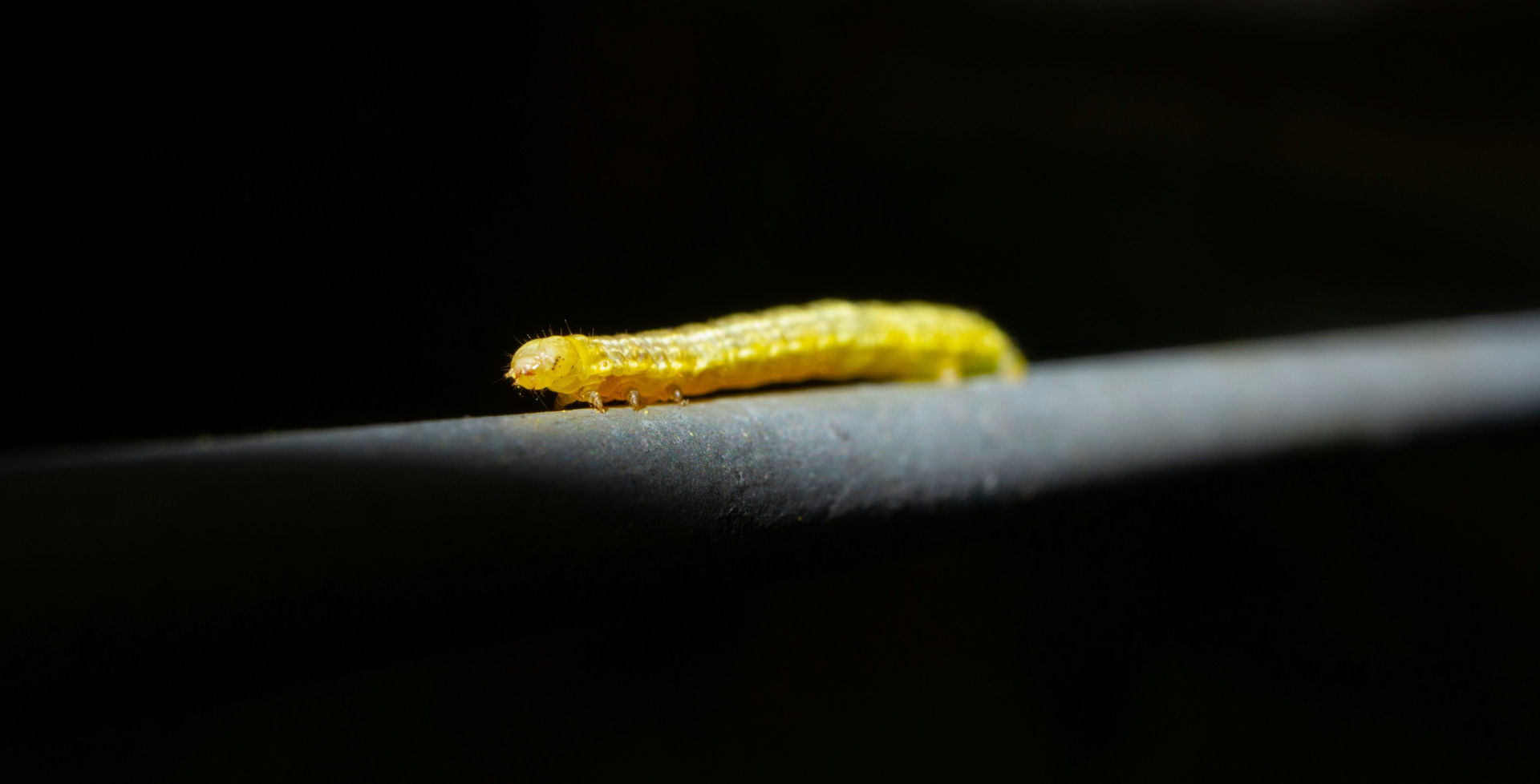Cutworms are a frustrating garden pest that can quickly destroy seedlings overnight. Especially prevalent in spring, these soil-dwelling caterpillars target young transplants, cutting them down at the base. Here’s a comprehensive guide to help Canadian gardeners identify, prevent, and eliminate cutworm damage.
🐛 What Are Cutworms?
Cutworms are not actually worms, but caterpillars—the larvae of various moth species. They live in the soil and feed at night. Key features:
-
Fat, smooth caterpillars that curl into a C-shape when disturbed.
-
Usually brown, gray, or black.
-
Target seedlings and soft stems at soil level.
🌿 Why Do You Get Cutworms?
Cutworm moths lay eggs on plant debris or grass in late summer and fall. The larvae overwinter in the soil and emerge in spring when you start planting. Contributing factors include:
-
Unturned or unweeded soil harboring larvae.
-
Planting near grassy areas or compost piles.
-
Young, tender transplants being more vulnerable.
🔍 Signs of Cutworm Damage
-
Seedlings cut off cleanly at the base.
-
Missing or fallen plants in the morning.
-
Wilted transplants that easily lift from the soil.
-
Rarely visible pests (they hide during the day).
✅ 4 Proven Ways to Control Cutworms
1. Use Collars Around Seedlings
-
Wrap cardboard, plastic, or aluminum foil around plant stems.
-
Push 1 inch into the soil and extend 1–2 inches above.
-
Effective for tomatoes, peppers, and brassicas.
2. Till the Soil Before Planting
-
Turn the soil in early spring to expose and kill overwintering larvae.
-
Remove weeds and plant debris.
3. Apply Diatomaceous Earth
-
Sprinkle around the base of seedlings.
-
This natural abrasive dehydrates and kills soft-bodied pests.
-
Reapply after rain or watering.
4. Go Out at Night with a Flashlight
-
Spot and hand-pick cutworms after dark.
-
Dispose of them in soapy water.
🗓️ Cutworm Prevention Calendar (Southern Canada)
| Task | Timeline |
|---|---|
| Till soil, remove debris | April–early May |
| Set collars during transplant | May–June |
| Night inspections | May–June (weekly) |
| Apply DE as needed | May–July (bi-weekly) |
🧪 Extra Tips
-
Encourage natural predators like birds and beetles.
-
Avoid planting near tall grass or compost piles.
-
Keep a garden journal to track repeat infestations.
Cutworms are sneaky and destructive, but with careful preparation and a few simple techniques, you can protect your garden’s most vulnerable plants and ensure a strong start to the growing season.






